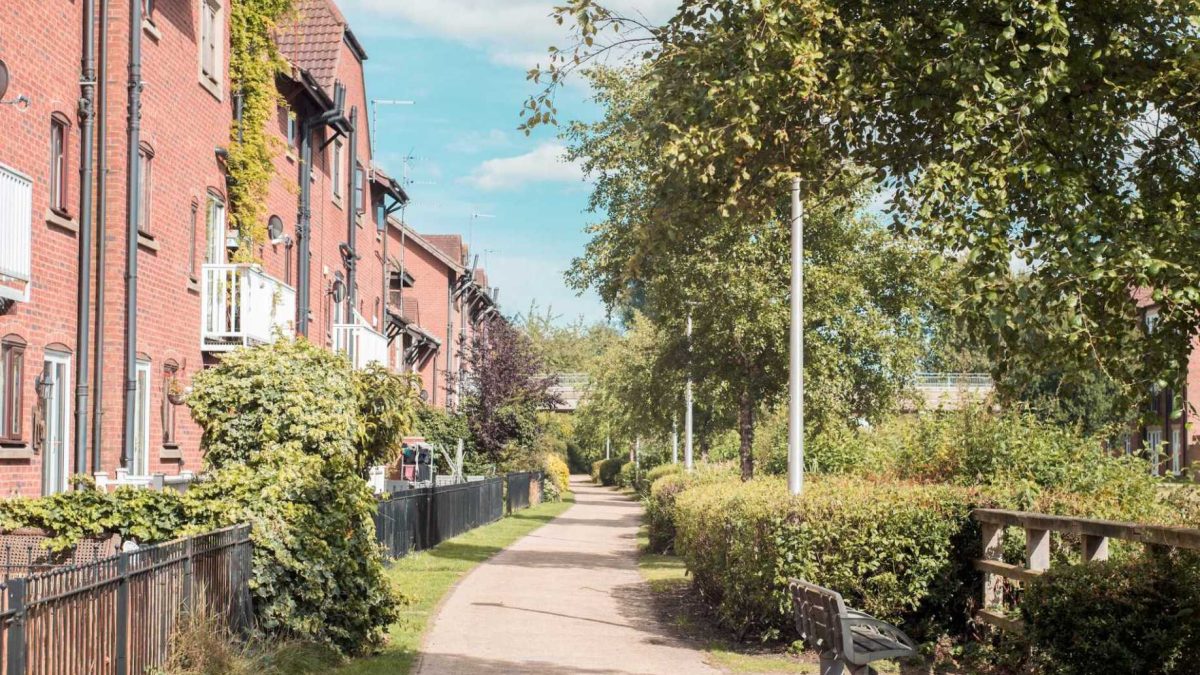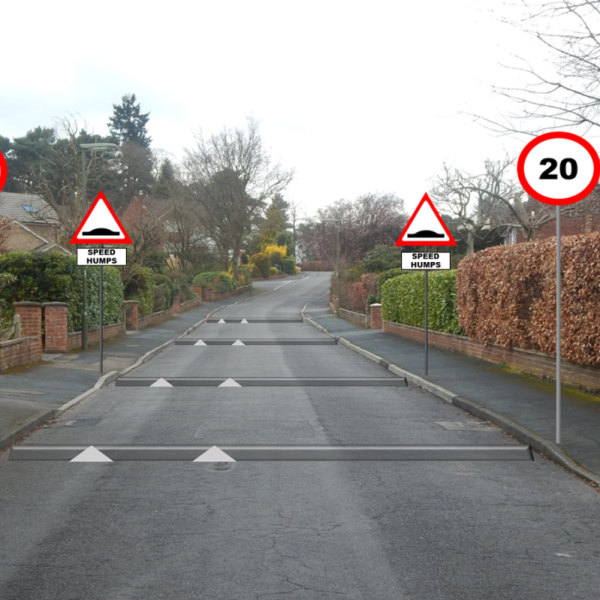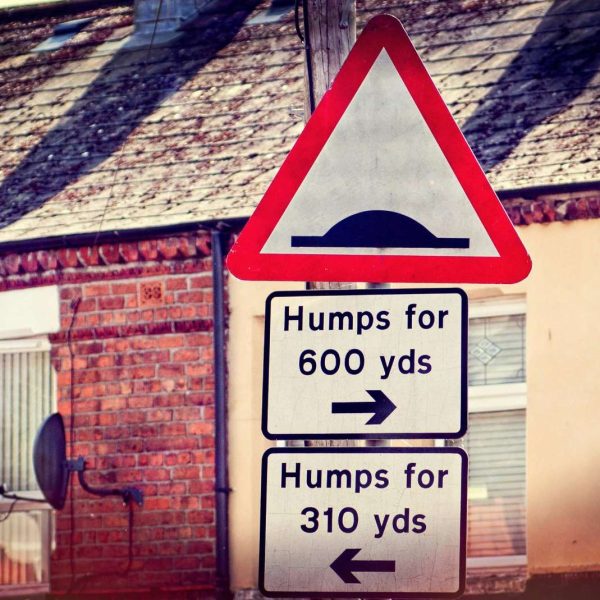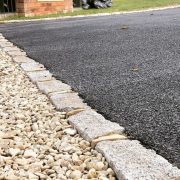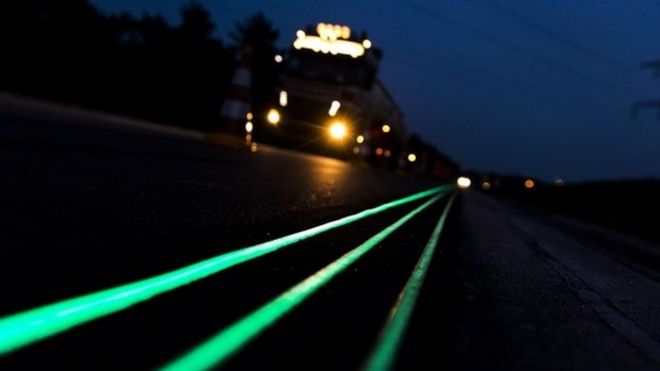
Beyond the Paint: Innovations in Road Demarcation Technologies
Road demarcations play a crucial role in ensuring safe and efficient transportation.
Traditionally, road markings have been created using paint, serving as visual cues for drivers, pedestrians, and cyclists. However, advancements in technology have revolutionized the way road demarcations are designed and implemented. In this article, we explore innovative technologies that go beyond the paint, enhancing road demarcations for improved visibility, durability, and safety.
Retroreflective Materials:
One significant innovation in road demarcations is the use of retroreflective materials. These materials are designed to reflect light back to its source, making road markings highly visible, especially at night. Retroreflective road demarcations significantly improve visibility and reduce the risk of accidents in low-light conditions.
The most common retroreflective material used for road markings is glass beads embedded in paint or thermoplastic materials. These beads reflect light from headlights, making the markings appear brighter and more visible. Advances in retroreflective technology have led to the development of higher-performing materials, such as microprismatic retroreflective sheeting, which offers superior visibility and longevity.

Thermoplastic Road Markings:
Thermoplastic road markings are an innovative alternative to traditional paint markings. Thermoplastic materials consist of pigments, binders, and glass beads, which are heated and applied to the road surface. When cooled, these materials form durable and long-lasting road demarcations.
One significant advantage of thermoplastic road markings is their increased durability. They have the ability to withstand heavy traffic, harsh weather conditions, and prolonged exposure to UV radiation. Thermoplastic road demarcations also offer excellent skid resistance, enhancing safety for road users.
Moreover, thermoplastic road markings can be prefabricated, allowing for efficient installation and reduced traffic disruption. With pre-cut symbols and patterns, thermoplastic road demarcations enable quick and precise application, ensuring uniformity and consistency across various road surfaces.

Raised Pavement Markers:
Raised pavement markers (RPMs), also known as road studs or cat’s eyes, are another innovation in road demarcation technologies. These small reflective devices are embedded or affixed to the road surface and serve as highly visible markers, especially during nighttime or adverse weather conditions.
RPMs are typically made of durable materials, such as plastic, ceramic, or metal, and feature retroreflective properties. They provide clear delineation of lanes, curves, and other road features, enhancing visibility for drivers. Additionally, some advanced RPMs are equipped with solar-powered LED lights, further improving visibility and increasing safety on the roads.
Intelligent Road Demarcations:
With the rise of smart city technologies, road demarcations have also become more intelligent. Intelligent road demarcations incorporate sensors, cameras, and other technologies to gather real-time data and provide valuable information to both drivers and traffic management systems.
For example, smart road markings equipped with sensors can detect and monitor traffic flow, vehicle speeds, and occupancy of parking bays. This information can be used to optimize traffic management, improve road safety, and enhance transportation efficiency. Intelligent road demarcations can also communicate with connected vehicles, providing real-time warnings or information to drivers, further contributing to safer and more efficient journeys.
Virtual and Augmented Reality:
Virtual and augmented reality technologies are also finding applications in road demarcations. These technologies offer new ways to visualize and simulate road markings, aiding in the design and planning stages.
Virtual reality can be used to create immersive simulations of road environments, allowing engineers and designers to assess the visibility and effectiveness of different road demarcations. This enables them to make informed decisions about the placement and design of markings before implementation, leading to more accurate and optimized road designs.
Augmented reality, on the other hand, overlays digital information onto the real-world environment. This technology can be utilized during road construction or maintenance to guide workers in accurately applying road markings. By projecting virtual demarcations onto the road surface, workers can achieve precise alignment and ensure consistency in the markings.
Dynamic Road Markings:
Another innovative approach to road demarcations is the concept of dynamic markings. These markings are designed to adapt and change in response to varying road conditions or traffic situations.
One example of dynamic road markings is the use of dynamic lane markings. These markings can be altered in real-time to indicate changing lane configurations, such as reversible lanes during rush hour or temporary lane closures. By providing clear and up-to-date information to drivers, dynamic lane markings enhance safety and optimize traffic flow.
Similarly, dynamic crosswalks utilize advanced technologies to create temporary or movable crosswalks based on pedestrian demand. These demarcations can be activated during peak hours or at specific times when pedestrians require safer crossing points. This flexibility in demarcation improves pedestrian safety and accessibility.
Road demarcation innovations:
Innovations in road demarcation technologies are revolutionizing the way we design, implement, and maintain road markings. Beyond traditional paint, retroreflective materials, thermoplastics, and raised pavement markers offer increased visibility and durability. Intelligent road demarcations utilize sensors and data analysis to optimize traffic management and improve road safety. Virtual and augmented reality aid in the design and planning stages, while dynamic markings adapt to changing road conditions.
As technology continues to evolve, we can expect further advancements in road and parking demarcation technologies. These innovations will play a vital role in creating safer, more efficient, and connected road networks that cater to the evolving needs of our modern cities. By embracing these innovations, we can enhance the visibility, durability, and effectiveness of road demarcations, ultimately leading to improved road safety and enhanced transportation experiences for all road users.
The future of road demarcations goes beyond traditional paint, paving the way for safer, smarter, and more adaptable road networks.
Through ongoing research and innovation, we can continue to push the boundaries of technology and create road demarcation solutions that meet the evolving demands of our dynamic transportation systems.



